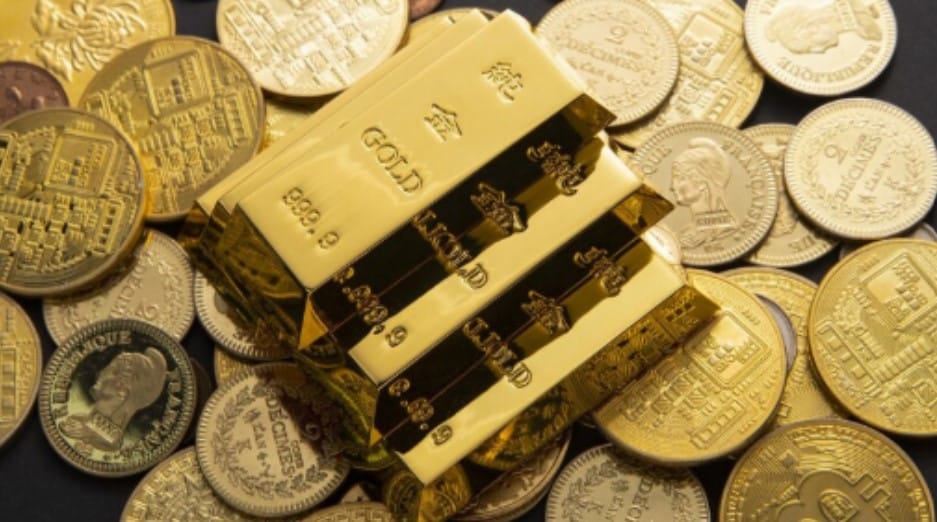Gold is often referred to as a safe-haven asset, attracting traders when markets are uncertain or when other trading assets are volatile.
Whether you’re an experienced trader or just getting started, understanding the factors that impact gold prices is essential for making informed decisions.
Let’s explore the top factors that influence gold trading, so you can anticipate market movements and trade gold with more confidence and potential success.
The US Dollar
The most significant factor that drives gold trading may be the strength or weakness of the USD dollar. Since gold is usually priced in USD, there is an inverse relationship between the two.
When the dollar goes up or strengthens, the price of gold tends to decline. This is because gold becomes more expensive for foreign buyers, decreasing its demand.
When the dollar weakens, gold becomes more affordable, which increases its demand and also the price.
Interest Rates
Gold doesn’t generate any income, unlike stocks or bonds, which means that its price often moves in response to changes in interest rates.
Higher interest rates result in the price of gold falling, while lower interest rates usually make gold more attractive. Lower rates also push traders to buy more gold, which results in higher gold prices.
Central banks play a huge role in setting interest rates, which means that gold traders need to stay updated on their latest decisions and updates.
Inflation Expectations
Gold is often seen and used as a hedge against inflation. When inflation rises, the purchasing power of fiat currencies like the US dollar declines, and investors and traders look for tangible assets like gold to preserve value.
High inflation leads to a higher demand for gold, and people start buying more gold to protect their wealth from devaluation. Low inflation, on the other hand, reduces the need for gold as an inflation hedge, and prices begin to stabilise and decrease.
Geopolitical Events and Global Uncertainty
Gold is considered a “safe haven” because when there is market uncertainty, gold prices tend to rise.
Political tensions, financial crises, and global conflicts also increase the demand and price of gold as more people look for stability.
As a trader, always keep an eye on global events. While the financial markets may react quickly to these changes, gold usually serves as a buffer against these uncertainties.
Supply and Demand
Like any asset, the basic principles of supply and demand also affect gold prices. But gold is unique because it has both industrial and investment demand.
For example, gold is a popular choice for jewellery in many countries. High demand for it can push the prices up. Also, gold mining is a long process, so the supply is limited. When the mining output decreases, it can lead to higher gold prices.
Gold usually has a relatively inelastic supply, which means that its price is mainly influenced by demand factors.
Conclusion
As a trader, knowing what affects gold prices is crucial if you want to become or remain a successful gold trader. By staying informed and adjusting your strategies to align with the gold price movements, you can take advantage of market opportunities and manage risk effectively.

